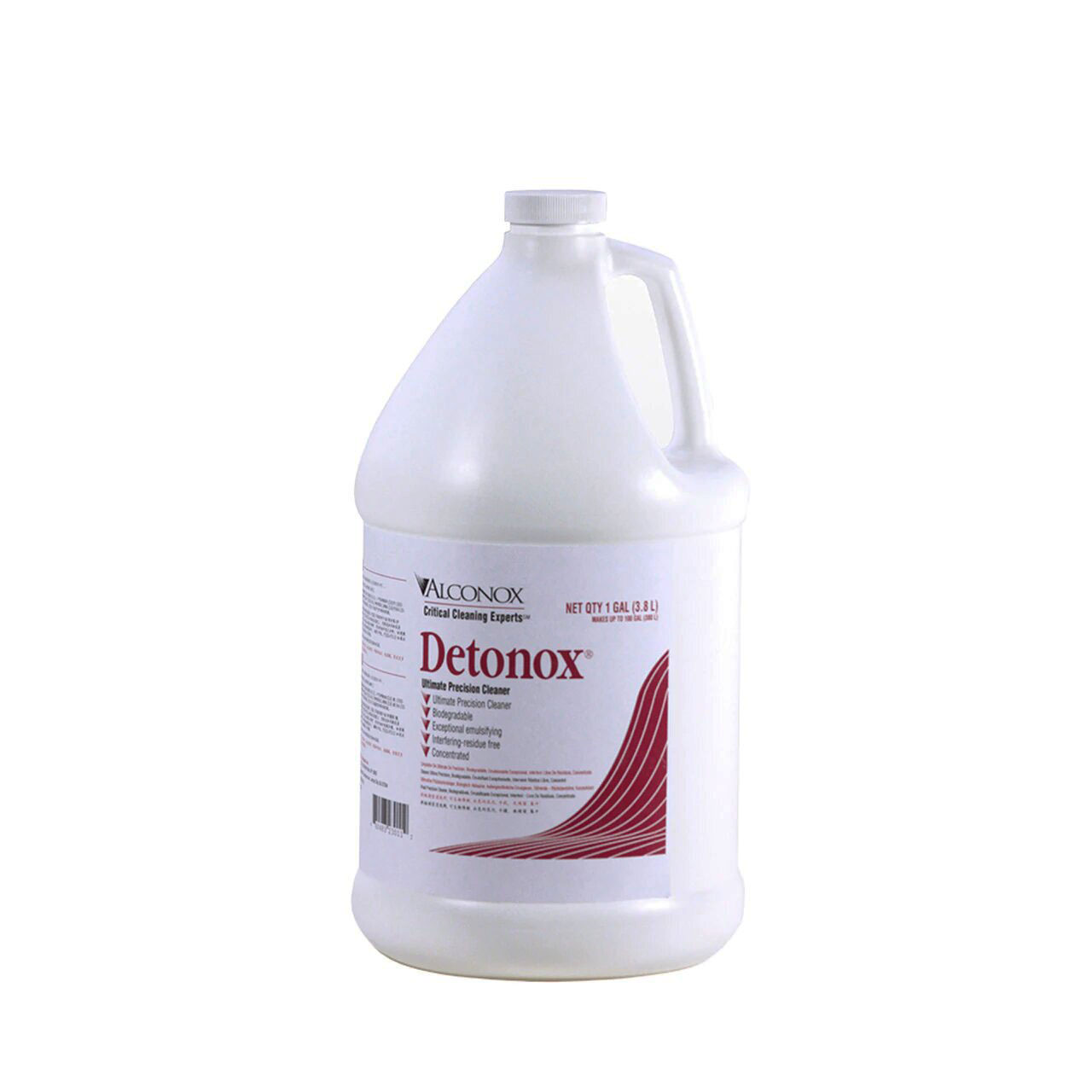Used to Remove: Cosmetic bases and formulations, organics, grease, tars, resins, waxes, fats, oils, titanium and zinc oxides, ointments, and lotions
Surfaces Cleaned: Recommended for glass, stainless steel, PTFE, ceramic, cement and solvent resistant plastics, and metals. Corrosion testing is advisable
Cleaning Method: Soak, circulate under immersions, ultrasonic cleaners, and manual cleaning.
Directions: Make a fresh 1-6% solution (1 ¼ – 3 3/4 oz. per gal. or 10-30 mL per liter) in cold, warm or hot water. If available, use very hot water to clean cosmetic residues. For difficult soils, raise water temperature and use more detergent. Clean by soak, circulate, wipe, or ultrasonic method. Not for spray machines, will foam. RINSE THOROUGHLY—preferably with running water. For critical cleaning, do final or all rinsing in purified water.
Updates from the manufacturer:
Alconox Inc. is extending the shelf life of the below trademarked detergent. We have studied the stability of the detergent when used in accordance with our recommendations as set forth in our
Certificates of Analysis.
Detergent samples evaluated were found to continue to conform to the acceptance criteria for a minimum of 3 years (36 months) of storage in containers that are closed after the seal is broken, and
when not in use, stored upright in a cool dry place (15 -30°C or 60 - 90°F).
Thus, Detonox® detergent (2301-1, 2305, 2355) will have a 36-month (3 year) shelf life.
|
Physical Data |
Typical Value |
|
pH (1%) |
10 |
|
Surface Tension 1% Sol’n |
32dyne/cm |
|
Conductivity 1% Sol’n |
0.7 mS/cm at 21°C |
|
Form |
Liquid |
|
Color |
Pale Yellow |
|
Solubility in Water |
Completely Soluble in all Proportions |
|
Hard Water Effectiveness |
Highly Effective |
|
Biodegradability |
Yes, meets EC648/2004 |
|
Foam Tendency |
High Foaming |
|
Shelf Life |
36 Months from End of Manufacture |
|
Fragrance and Dye Content |
0% |
|
Phosphate Content |
0.9% as Phosphorus |
|
Flash Point (°F) |
None |
|
Organic Carbon |
19% (% calculated w/w) |
|
Density |
9g/mL – lb/gal |

For Technical Support, Questions, or Other Issues Please Email or Call Us!



















